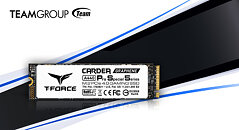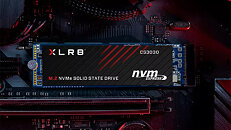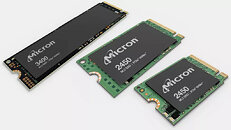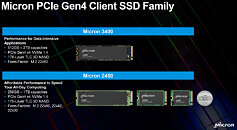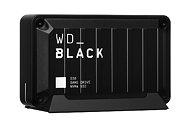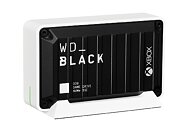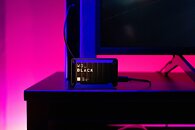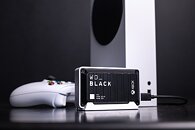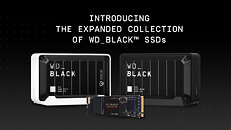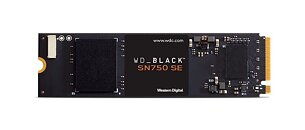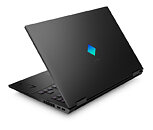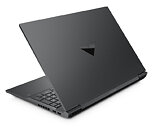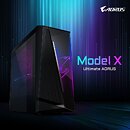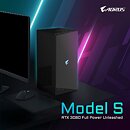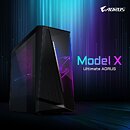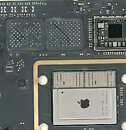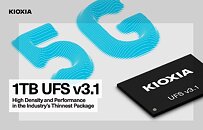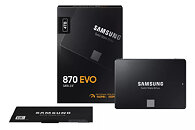Solidigm Introduces the P44 Pro - the World's Premier Enthusiast Solid-State Drive (SSD)
Solidigm has introduced the P44 Pro solid-state storage drive (SSD), a high-performance client SSD for today's most demanding workloads. With blazing-fast speed and excellent power efficiency, the P44 Pro is the world's premier SSD for enthusiasts. The P44 Pro delivers spectacular PCIe Generation 4.0 performance, with up to 7,000 MB/s sequential read speeds. It provides a superb combination of speed and efficiency in Solidigm testing, meeting or exceeding published performance specifications while drawing just 5.3 W. The P44 Pro is available in 512 GB, 1 TB, and 2 TB capacities.
"Our flagship client SSD, the P44 Pro, is built with our cutting-edge NAND technology. Combined with our powerful software, it delivers the high performance users require in demanding applications. The P44 Pro is the most powerful client SSD Solidigm has launched to date and the premier enthusiast SSD on the market," said Sanjay Talreja, General Manager, Client Storage Group. "This drive delivers quick launch and load, and the fast save desired by gaming enthusiasts and content creators. With excellent power efficiency, the P44 Pro minimizes throttling that can come from excessive power and heat - resulting in consistent peak performance."[Editor's note: Our in-depth review of the Solidigm Introduces the P44 Pro is now live]
"Our flagship client SSD, the P44 Pro, is built with our cutting-edge NAND technology. Combined with our powerful software, it delivers the high performance users require in demanding applications. The P44 Pro is the most powerful client SSD Solidigm has launched to date and the premier enthusiast SSD on the market," said Sanjay Talreja, General Manager, Client Storage Group. "This drive delivers quick launch and load, and the fast save desired by gaming enthusiasts and content creators. With excellent power efficiency, the P44 Pro minimizes throttling that can come from excessive power and heat - resulting in consistent peak performance."[Editor's note: Our in-depth review of the Solidigm Introduces the P44 Pro is now live]

















































